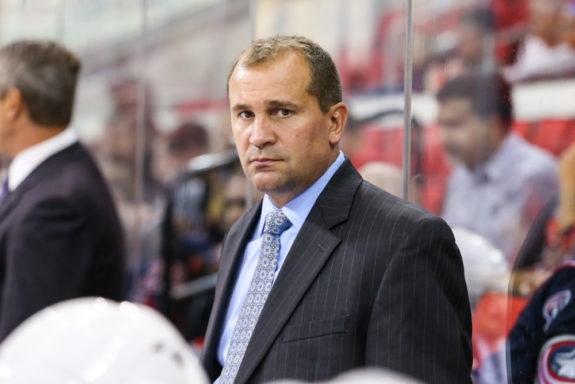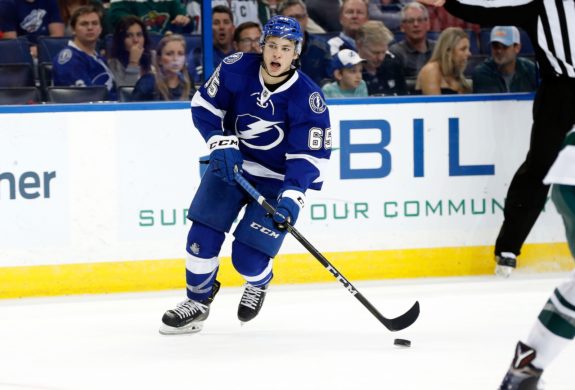At the end of the 2015-16 regular season, Tampa Bay Lightning fans had one question keeping them up at night… How did a team that featured star offensive players like Steven Stamkos, Tyler Johnson, and Victor Hedman have the 28th ranked power play? The Lightning were ranked 12th in scoring, yet on the power play, they looked floundered.
Knowing their morose power play was holding back the team, Lightning general manager Steve Yzerman set out to fix this issue in the offseason. He started by hiring former Blue Jackets coach Todd Richards to take breath a new life into the ailing unit. It was easy to see the Lightning had the potential to be a top power play in the league, but they needed a new approach to their gameplan.

In the short time since Richards started running the Lightning’s power play, the franchise has seen newfound success. During the 2016-17 season, the Lightning were ranked sixth in the league, converting close to 23 percent of their power play chances. Mind you, this was without Stamkos who is a top scorer, for a majority of the season. This year, the Lightning have grown even further, now converting close to 28 percent of their chances.
Lightning Learning to Strike
While part of the Lightning’s surge on the powerplay is due to the maturation of the team as a whole, Richards revamped units have played a larger role in the resurgence than he is often given credit for. During the 2015-16 seasons and prior, the Lightning had a tendency to overpass on the man advantage. They seemed built to star shooters like Stamkos and Nikita Kucherov instead of taking open shots on goal.
Now, the Lightning are taking more of a net hound approach to the power play. Instead of looking for the perfect one-timer at all times, the Lightning are playing with more offensive balance. They can score with both perfect passing and shooting or tough play in front of the net to get that dirty rebound goal.

Nowhere is this change more apparent than with how Vladislav Namestnikov has found a role on the Lightning’s top powerplay with Stamkos and Kucherov. Despite being a skilled player, Namestnikov has been placed in front of the opponents net while on the man advantage. While in this position, he has found a calling fighting for dirty goals in the crease fired off by one of the snipers. This has led Namestnikov to score eight power play goals this season, up from a combined five powerplay goals his first three seasons with the Lightning.
Building the Perfect Contrast
Besides changing up the basic structure of their first powerplay unit, the Lightning have also found new success with their second power play line. Where the first line is a heavy shooting unit consisting, the second unit features smaller, faster forwards who find their success after wearing out opposing defenses. Players like Tyler Johnson, Brayden Point, and Yanni Gourde buzz around the ice, forcing defenders to give chase or give up a prime scoring opportunity to the speedy unit.

While not the most traditional of units, this design is the perfect contrast to Lightning’s top line. If a team is defending the shooting lanes well, the Lightning can drop in the second unit to spread defenses across the ice. If the opponents are playing strong on the body and biting up on the play, the Lightning can bring out the top unit to fire away with their open looks.
Lightning Look to Stay Hot
With the season approaching the half-way point, the Lightning’s torrid scoring pace is looking less like a fluke and more like the team’s future. While there is concern that the Lightning’s power play is not sustainable, it would be foolish to think that the team with this much offensive talent will drop down the rankings. Even if they slow down in the second half of the season, the Lightning will rely on their power play to drive their offensive pressure.